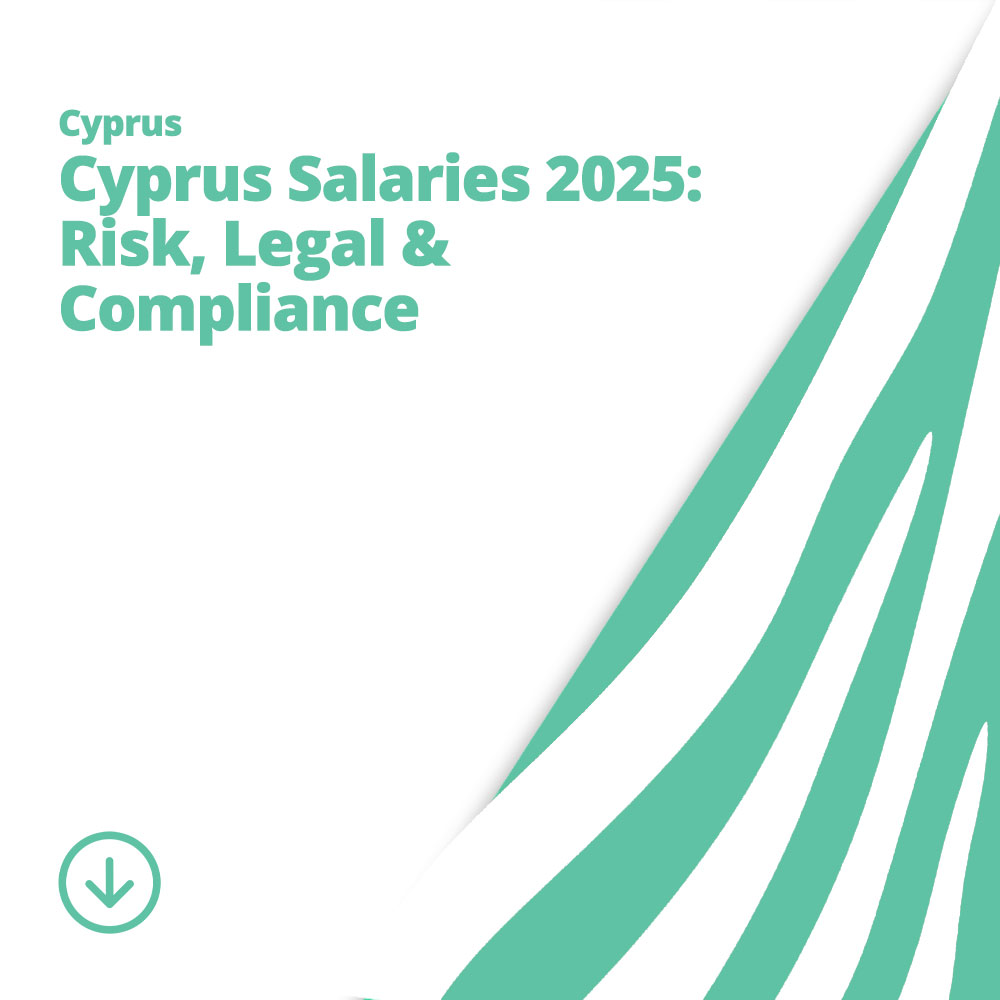Here’s our summary of the EU Pay Transparency Directive in 2023 as we delve into what it means for employers and employees alike.
Pay Transparency for job seeker
- Employers need to provide information about the initial pay level or its range in the job vacancy notice or before the job interview
- Employers will not be allowed to ask prospective workers about their pay history
Right to information for employees
- Workers will have the right to request information from their employer on their individual pay level and on the average pay levels, broken down by sex, for categories of workers doing the same work or work of equal value
Reporting on the gender pay gap (>100 employees)
- All companies with >100 employees are forced to report on the aggregated gender pay gap externally and broken down by positions {equal & equivalent) internally
Joint pay assessment
- Employers need to conduct a joint pay assessment or equal pay audit together with the unions if they have unexplained pay gaps that are >5%
Compensation for workers/Burden of proof
- Workers who suffered gender pay discrimination can get compensation, including full recovery of back pay and related bonuses o r payments in kind.
- The burden of proof is entirely on the employer
The greatest risk of the new legislation – collective claims on equal pay
- Equality bodies and/or workers representatives (Unions) can present collective claims on equal pay towards employers
- If employer is found to have discriminated it will be forced to conduct collective pay outs
#paytransparency #genderpaygap #salarytransparency #emeraldzebra



